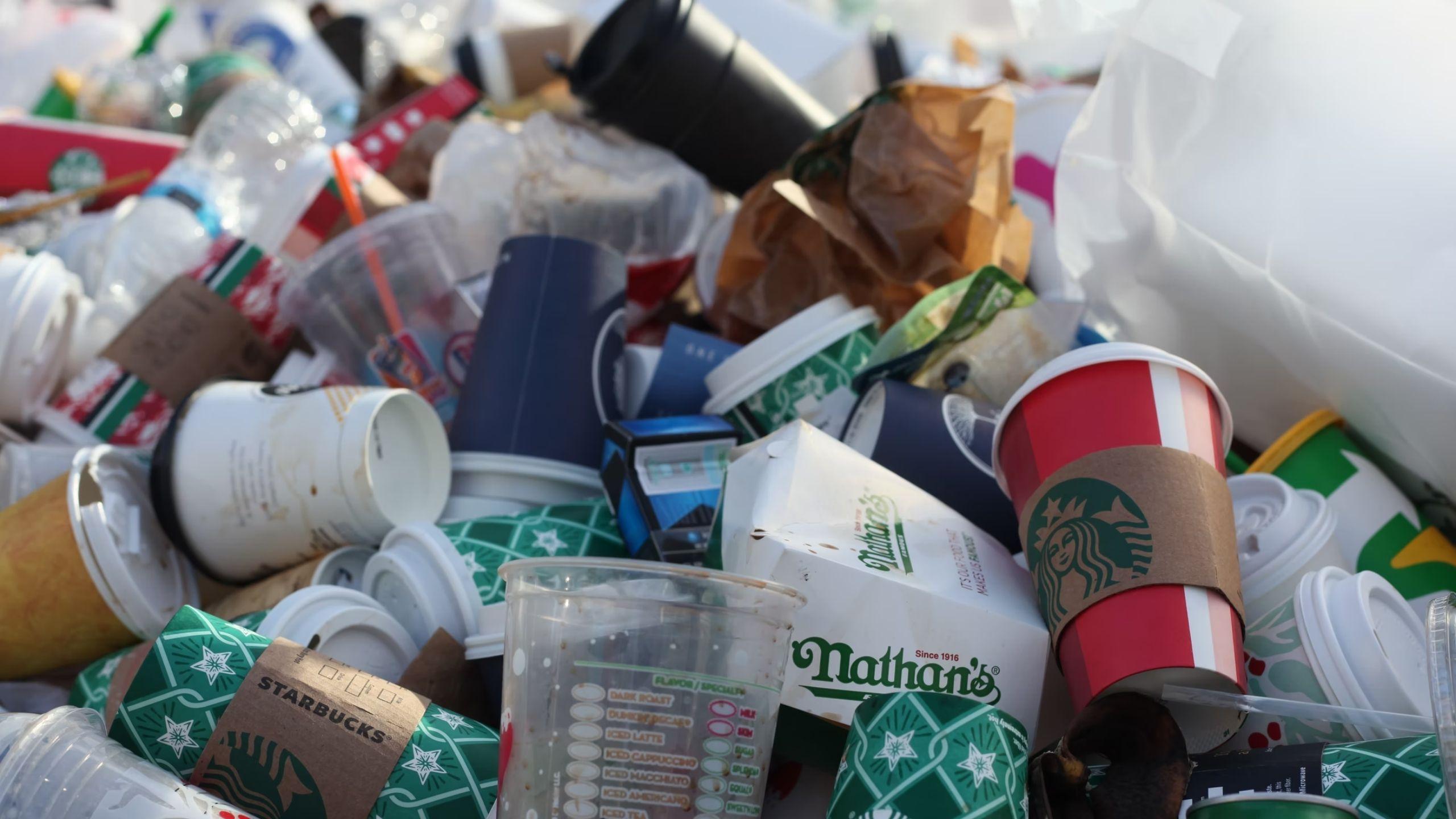By Naomi Chen
Ryerson graphic communications management (GCM) professor Ehsan Behzadfar recently received funding from the Canada Foundation for Innovation (CFI) for his research on green packaging solutions.
Supported by the John R. Evans Leaders Fund, the award selects outstanding researchers in innovation from a competitive international pool.
“Approval for projects like this sends us a message that the government and the CFI care about these topics,” Behzadfar said.
Behzadfar’s research focuses on finding solutions to address environmental concerns caused by plastic materials in packaging.
According to the professor, “if we don’t do anything about this, we’re going to have more plastic in the ocean than fish by 2050.”
In 2019, National Geographic reported that plastic production is increasing around the world exponentially, “from 2.3 million tonnes in 1950 to 448 million tonnes by 2015, and is expected to double by 2050.” Moreover, some plastic can take up to 400 years to break down due to their flexible and durable components.
“We should be mindful about where we’re going to use plastic…and about their end of life cycle”
As a result, “we should be mindful about where we’re going to use plastic, how we’re going to use them, and about their end of life cycle,” Behzadfar said.
The grant will support Behzadfar’s research in developing biodegradable multilayer polymers, green-based packaging materials from natural resources such as plant proteins, for packaging applications. Natural components in packaging design allow for an easier and faster breakdown process in landfills over time, according to Advanced Industrial and Engineering Polymer Research.
The fund will also help with research infrastructure, as this project is highly practical according to Behzadfar. The team will need to develop, work with and experiment with packages, the professor said.
Behzadfar’s research in eco-friendly packaging design will also involve engineering plastic packages so that they can be more sustainable.
“Right now we have a lot of issues with waste management,” he said. “Even if we collect all the plastics, we are not able to recycle or reuse them.” Unfortunately, despite the fact that plastic is becoming increasingly prevalent in our lives, little is currently recycled due to its material properties.
The World Economic Forum released a report in 2016 stating that “32 per cent of plastic packaging escapes collection systems, generating significant economic costs by reducing the productivity of vital natural systems such as the ocean and clogging urban infrastructure.” The overall immense costs associated with plastic packaging and production call for a greener alternative.
To Behzadfar, the solution to help with plastic pollution has to be a collaborative effort. “The problem is for everyone, and the solution should also come from everyone.”
While he said he believes there should be limited reliance on corporations alone, Behzadfar stresses the urgency for businesses, the government and consumers to work together on packaging sustainability.
Another important aspect is feasibility, he said. “If it causes too much inconvenience to the customer, for example, then they won’t want to use it.”
“We should come up with a variety of sustainable solutions and get everyone involved”
An example of sustainable packaging is Nespresso’s recyclable coffee cups, said Behzadfar, where customers ship the coffee container back to the manufacturer once they’re finished with their drinks. The coffee cup comes with a Canada Post baggage so that consumers can ship it back conveniently.
“This is a good example of the things that might work in the real world, but besides that,” he said, “We shouldn’t limit ourselves to one solution. We should come up with a variety of sustainable solutions and get everyone involved.”
There are also different approaches to urban and rural areas in terms of sustainability, according to the professor. In urban areas, for example, there are a lot of garbage cans around, so collection is usually more efficient. For suburban areas, on the other hand, where people own a lot of land, “we need to then look at more biodegradable or compostable solutions.”
“That’s why,” said Behzadfar, “We need to be very agile in offering these solutions.”
Given more time and resources, Behzadfar hopes to continue looking into the science and fundamentals of sustainable packaging initiatives, which are “in their infant stage now.” Recently, he focused on ways to make multilayer packages or part of the packages biodegradable.
Behzadfar also welcomes students to become involved with opportunities for voluntary services or sometimes paid positions. Students can find more information about areas of involvement on Behzadfar’s Ryerson webpage.











Leave a Reply